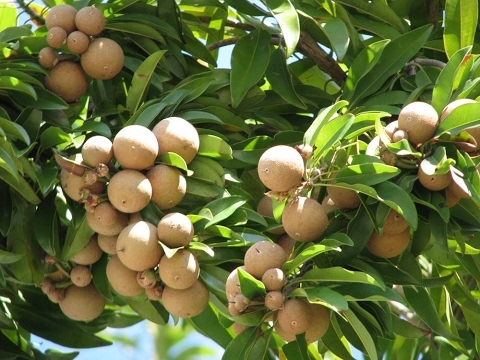General Information
It is native to Mexico and other native countries of South America. It is commonly known as Chiku and it is mainly cultivated in India. It is mainly used for the production of latex which is used for the preparation of chewing gums. In India, it is mainly grown in Karnataka, Tamil Nadu, Kerala, Andhra Pradesh, Maharashtra, and Gujarat. Sapota is cultivated in 65thousand acre of land and gives an annual production of 5.4lakhs metric tonnes. Its fruit is berry which contains 3-5 black shining seeds.






.png)
.jpg)

